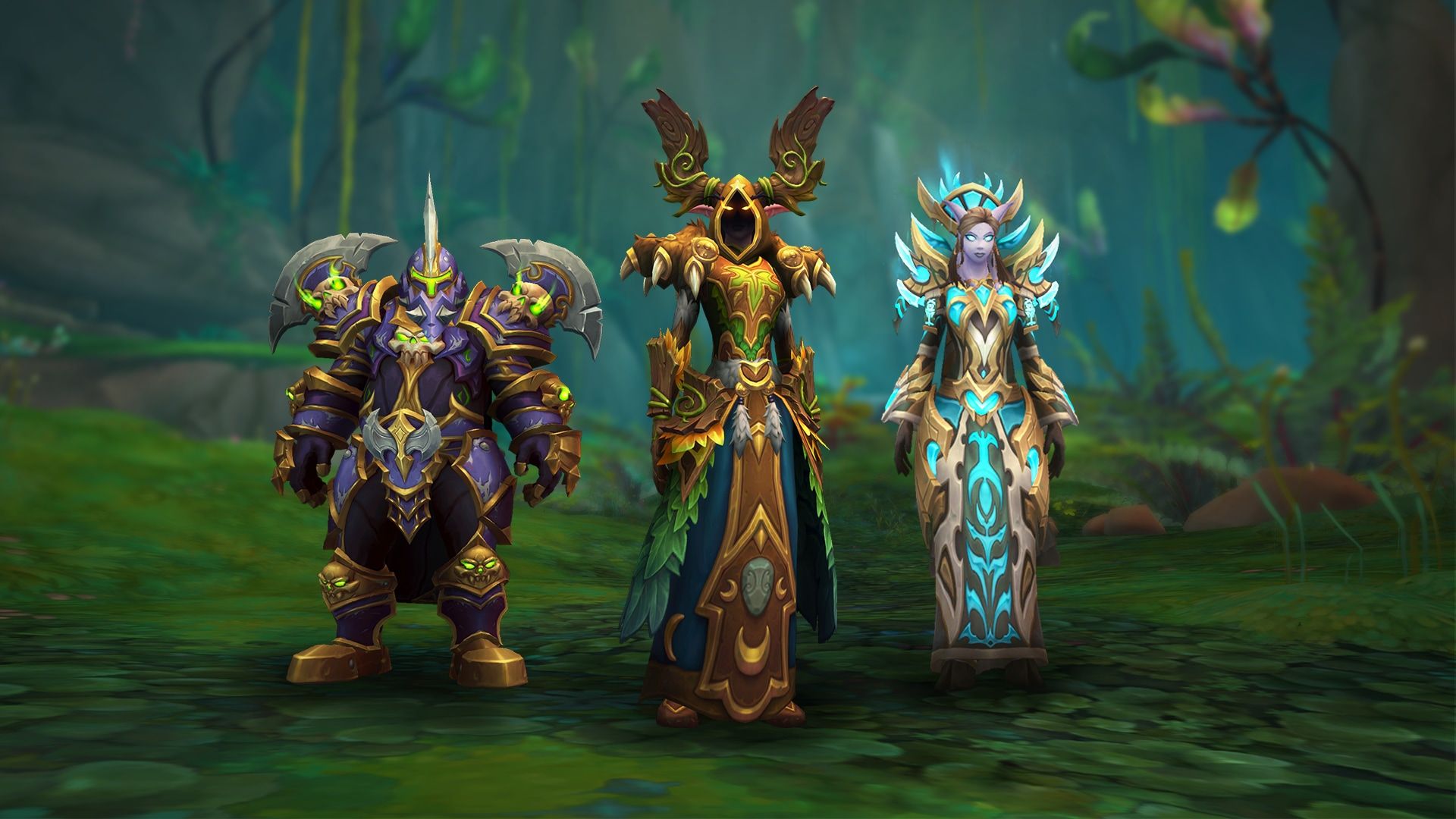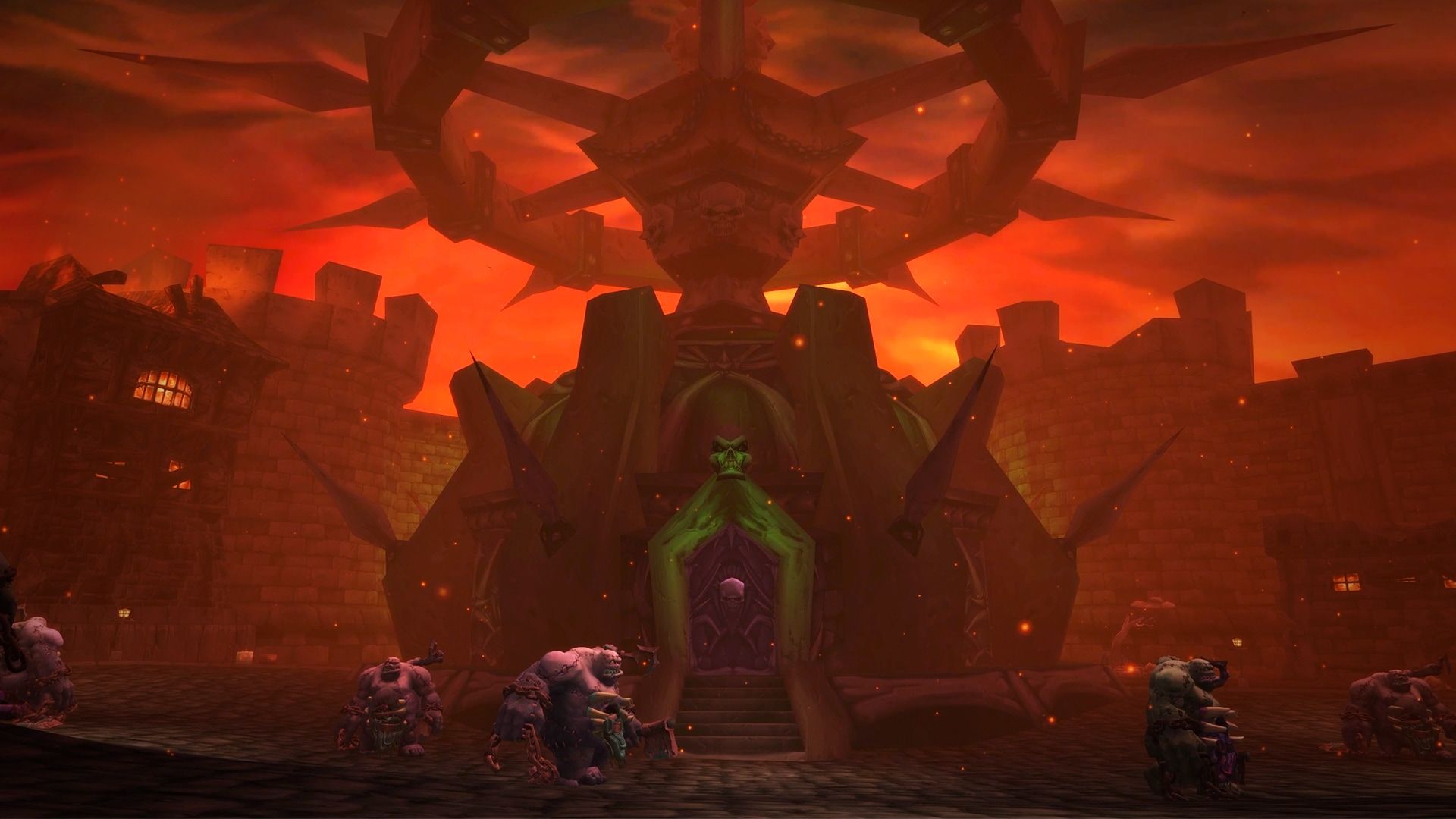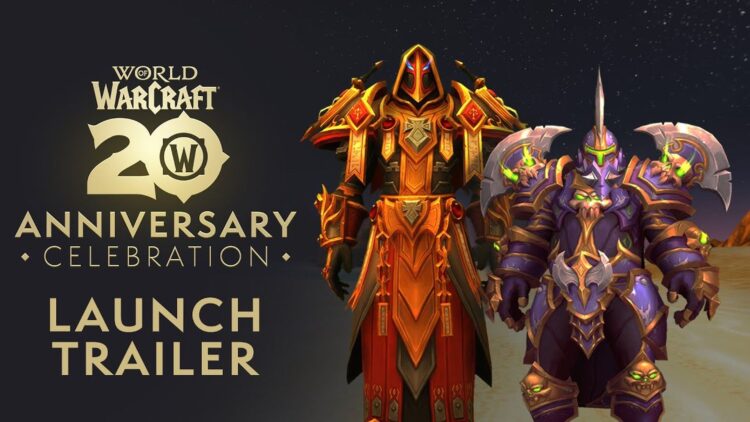World of Warcraft (WoW), a game that started as only an online role-playing adventure but has since become a cultural touchstone, celebrates its twentieth anniversary this November. Since it first launched with Blizzard Entertainment in 2004, WoW has established itself as a game beyond gaming and served to define behavior in social and business environments, as well as popular culture.
Before platforms like Facebook, WoW was a prototype for social networking, strung players worldwide into a virtual world. The idea of ‘broadband internet’ was gaining traction after its release, and most communication online still seemed almost as awkward as holding guild meetings in a medieval tavern. Another great thing about WoW compared to all the other multiplayer games was the ability it provided for all of us to interact and come alive in a large, vibrant online community. Bustling game capitals brought players together. Players formed friendships, players went on quests, and players formed guilds.

World of Warcraft’s 20th anniversary: Gaming’s cultural phenomenon turns twenty
However, WoW also demonstrated that online gaming could encourage real friendships, and many players made friends and partners in their in-game experiences. The game has created a unique language and culture where memes are shared outside the gaming world. Celebrities like Jon Favreau and “The Big Bang Theory” cast embraced their love for the game, further intertwining WoW with mainstream entertainment.
With its hybrid business model, monthly subscription, and in-game purchases, WoW revolutionized the gaming industry. People were ready to pay subscriptions each time to explore expansive tales and worlds while simultaneously savoring microtransactions like character pets and mounts. Blizzard took billions for this approach, being a template for future online services and gaming companies to feed off of.
The WoW monetization strategies went on to be successful outside gaming. This notion inspired organizations from diverse sectors to investigate subscription services like Netflix and Spotify. In gaming, we saw consumers purchasing content and spending on experiences, forming a new consumer behavior class.

World of Warcraft’s impact on science
Interestingly, WoW’s influence extended to the field of science. Epidemiologists analyzed events within video games, like the spreading of a virtual illness, to better understand real-life epidemics. One notable event was when a fictional disease spread rapidly in the game, leading to scientists discussing its significance for modeling and comprehending human epidemic outbreaks. This unique combination of gaming and science demonstrated how virtual worlds can be testing grounds for studying complex systems.
The influence of WoW goes beyond just the gaming community; it has spread into different facets of popular culture. From its presence in TV programs such as “South Park” to its journey to the big screen, World of Warcraft has become closely associated with online gaming culture. Additionally, numerous memes it has inspired are now part of the internet’s shared vocabulary, solidifying its position as a cultural icon.
Despite fluctuations in its player base, WoW remains captivating with fresh expansions, such as the most recent one, “The War Within,” launched in August 2024. As the game progressed, it adjusted to new trends while maintaining its fundamental appeal. The 20th anniversary reflects the incredible journey it has been on and the enduring relationships created within its vast world.
Image credits: The World of Warcraft





